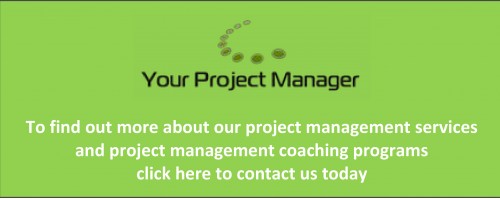
Rounding off our series discussing the seven roles and responsibilities in PRINCE2 projects, in this post we discuss the role of project assurance.
Unlike the role of project support, for example, the project board cannot delegate project assurance responsibilities to the project manager. Project assurance is undertaken to help protect the interests of the customer, the user and the supplier.
What competencies does project assurance need?
As with change authority, project assurance wears many hats. It must have the capability to represent the customer (business), the user and the supplier. In addition, it must:
- Have sufficient credibility to ensure its advice and guidance are followed
- Have sufficient specialist knowledge of the areas of business, user and supplier
- Ideally have the capacity to remain with the project through its lifecycle
Project assurance needs to be adept in the qualities of diplomacy and communication, as well as having a keen eye for detail.
General and specific responsibilities of project assurance
Project assurance will cover a number of issues during the project. These include:
- Liaison between stakeholders
- Control of risks
- Ensuring that preparation of product descriptions is undertaken by the right people
- Ensuring that staff are properly trained in quality methods, and that these methods are applied correctly
- Ensuring that internal and external communication is working
- Ensuring that standards used are fit for purpose
- Ensuring that special interest needs are observed
In addition to these general responsibilities, project assurance also has specific responsibilities to the primary stakeholders as follows:
Business assurance responsibilities
- Assist the project manager to develop the Business Case and Benefits Review Plan
- Advise on the selection of project management team members
- Advise on the risk management strategy
- Review the business case for compliance with corporate or programme standards
- Verify the business case against external events and against project progress
- Check that the business case is being adhered to throughout the project
- Check that the project remains aligned to the corporate or programme strategy
- Review project finance on behalf of the customer
- Verify that the solution continues to provide value for money
- Periodically check that the project remains viable
- Assess that the aggregated risk exposure remains within project tolerance
- Check that any supplier and contractor payments are authorized
- Review issues and risks by assessing their impact on the business case
- Constrain user and supplier excesses
- Inform the project management team of any changes caused by a programme of which the project is part
- Monitor stage and project progress against the agreed tolerances
User assurance responsibilities
- Advise on stakeholder engagement
- Advise on the Communication Management Strategy
- Ensure that the specification of the user’s needs is accurate and complete
- Assess whether the solution will meet the user’s needs
- Advise on the impact of potential changes from the user’s point of view
- Monitor risks to the user
- Ensure that the quality activities have appropriate user representation
- Ensure that quality control procedures are used correctly to ensure that products meet user requirements
- Ensure that user liaison is functioning effectively
Supplier assurance responsibilities
- Review the Product Descriptions
- Advise on the Quality Management Strategy and Configuration Management Strategy
- Advise on the selection of the development strategy, design and methods
- Ensure that any supplier and operating standards defined for the project are met
- Advise on potential changes and their impact on the products against their Product Description
- Monitor any risks in the production aspects of the project
- Assess whether quality control procedures are used correctly, so that products adhere to requirements
This wraps up our series on the roles and responsibilities in PRINCE2. In our next blog, we will start to examine the seven themes of PRINCE2. In the meantime, don’t hesitate to contact us:

